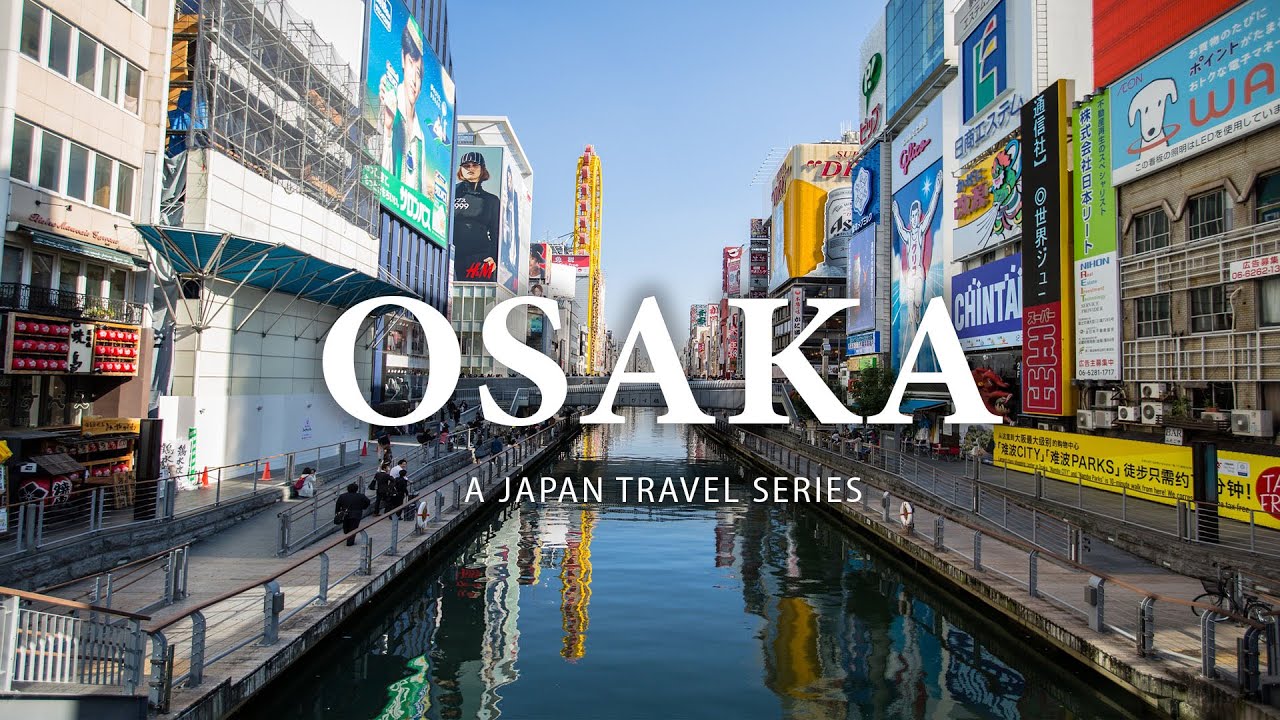Present Your Data at Physiotherapy Congress 2023

Osaka was traditionally considered Japan's economic hub. By the Kofun period (300–538) it had developed into an important regional port, and in the 7th and 8th centuries, it served briefly as the imperial capital. Osaka continued to flourish during the Edo period (1603–1867) and became known as a center of Japanese culture. Following the Meiji Restoration, Osaka greatly expanded in size and underwent rapid industrialization. In 1889, Osaka was officially established as a municipality. The construction boom accelerated population growth throughout the following decades, and by the 1900s, Osaka was the industrial hub in the Meiji and TaishÅ periods. Osaka made noted contributions to redevelopment, urban planning and zoning standards in the postwar period, the city developed rapidly as one of the major financial center in the Keihanshin Metropolitan Area.
Osaka is a major financial center of Japan, and it is recognized as one of the most multicultural and cosmopolitan cities in Japan. The city is home to the Osaka Exchange as well as the headquarters of multinational electronics corporations such as Panasonic and Sharp. Osaka is an international center of research and development and is represented by several major universities, notably Osaka University, Osaka Metropolitan University, and Kansai University. Famous landmarks in the city include Osaka Castle, Osaka Aquarium Kaiyukan, DÅtonbori, TsÅ«tenkaku in Shinsekai, TennÅji Park, Abeno Harukas, Sumiyoshi Taisha Grand Shrine, and ShitennÅ-ji, one of the oldest Buddhist temples in Japan.
Most Famous For Osaka
- Osaka Castle.
- Dotonburi.
- Universal Studios Japan.
- Osaka Aquarium Kaiyukan.
- Traditional Japanese Theatre.
- Shitennoji Temple.
- Amerika-mura.
- Umeda Sky Building Floating Garden Observatory.
For more details: https://physiotherapy.alliedacademies.com/